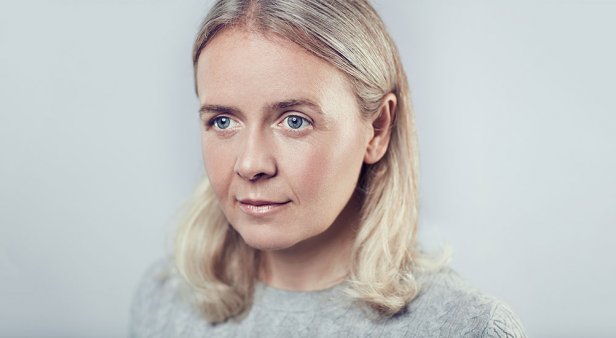The past few years saw the band hit the milestone of 20 years of activity. Outside of the current EP release, did you and the band do anything to celebrate the achievement?
We had a couple of shows in 2016 at the Albert Hall and played Tigermilk and If You’re Feeling Sinister respectively, which conveniently fell 20 years after those two records had been released. It isn’t really our nature to dwell too much on celebrating anniversaries though – we don’t banish songs from early records from our repertoire so they all form part of the current songbook. We just keep on keeping on!
How to Solve Our Human Problems mirrors the succession of EPs released 20 years ago at the beginning of the band’s career – what spurred the decision to head back to short-form releases after so many full-length albums?
I think it was expediency, in one form or another. Babies being born, health problems, all sorts of things made working in chunks of hours and days rather than weeks and months a bit more manageable for some of the band. There was also a desire to allow for a change of approach for each song, and to let songs and arrangements develop in the studio
In terms of musical direction and conceptual composition, what can you tell us about the trio of EPs and what the band is trying to communicate?
I don’t think I have an answer! The songs either communicate or they don’t. It’s all rather subjective: I’m sure we each find our own understanding of the narrative in each other’s songs, just like the listeners do.
What sort of creative freedoms and limitations did choosing this format impose on the band?
Going into a recording studio with unfinished songs is a freedom in a way – it’s something we’ve often been warned against, on the grounds that studios can be expensive places to fall down a rabbit hole! Producers and engineers are full of cautionary tales on this subject. Having the music come out in three chunks allowed us to take a different approach to sequencing the songs too: you get three opening tracks, three grand finales. And in practical terms, it allowed us to carry on our normal domestic lives, which is both a freedom and a limitation! It really was meant, and sort of succeeded in making room for experiments which might have been overlooked when it came to picking songs for an album project.
Stepping back to the days of the first multi-EP release, what would you say was the band’s founding philosophy?
Really, we were still only starting to get to know each other, but the band felt like a home for people who didn’t want to be in just any band. It really was all about those particular songs.
Do you think the band has retained its fundamental drive or has its artistic ethos evolved since the group’s inception?
Things have certainly evolved: it all started as a vehicle for songs which already existed, all written by Stuart. There’s still a large element of that of course, but collaboration in writing didn’t seem inevitable back in the beginning. These days songs can coalesce from several people’s ideas.
On a similar note, what do you personally think is the biggest contributor to Belle and Sebastian’s longevity?
The songs, of course. But a big factor is playing live, I think, is playing songs from every point in our back catalogue. You find new things to appreciate in them and it reminds you all the time what a rich seam there is, and the possibilities of new music seem full of promise. With so many of us, there is never a shortage of ideas.
Where do you often turn to for creative inspiration these days?
I personally don’t consciously seek out inspiration, I think it seeks you. Having your phone in your pocket as a voice recorder or a note pad is a very handy thing.
We’re very excited to have Belle and Sebastian back in the country for the tour in May! With such an extensive back catalogue, how do you and the band go about crafting a set that manages to blend old and new?
The set has a general shape, into which various songs can slot in different points. Old / new don’t seem to matter too much. In a way, it’s worked in our favour that we’ve never had a major hit – we’re not imprisoned by having to roll out specific songs every night!
The EPs seem to not only bookend a period for the band, but also point towards some exciting new beginnings. What comes next for Belle & Sebastian?
If we were to have a plan at this point, it would have changed by the time we finish our current touring commitments. We’ll just feel our way into something when the time comes.
Belle and Sebastian will be performing at The Tivoli on Monday May 7. Click here to purchase your tickets.
